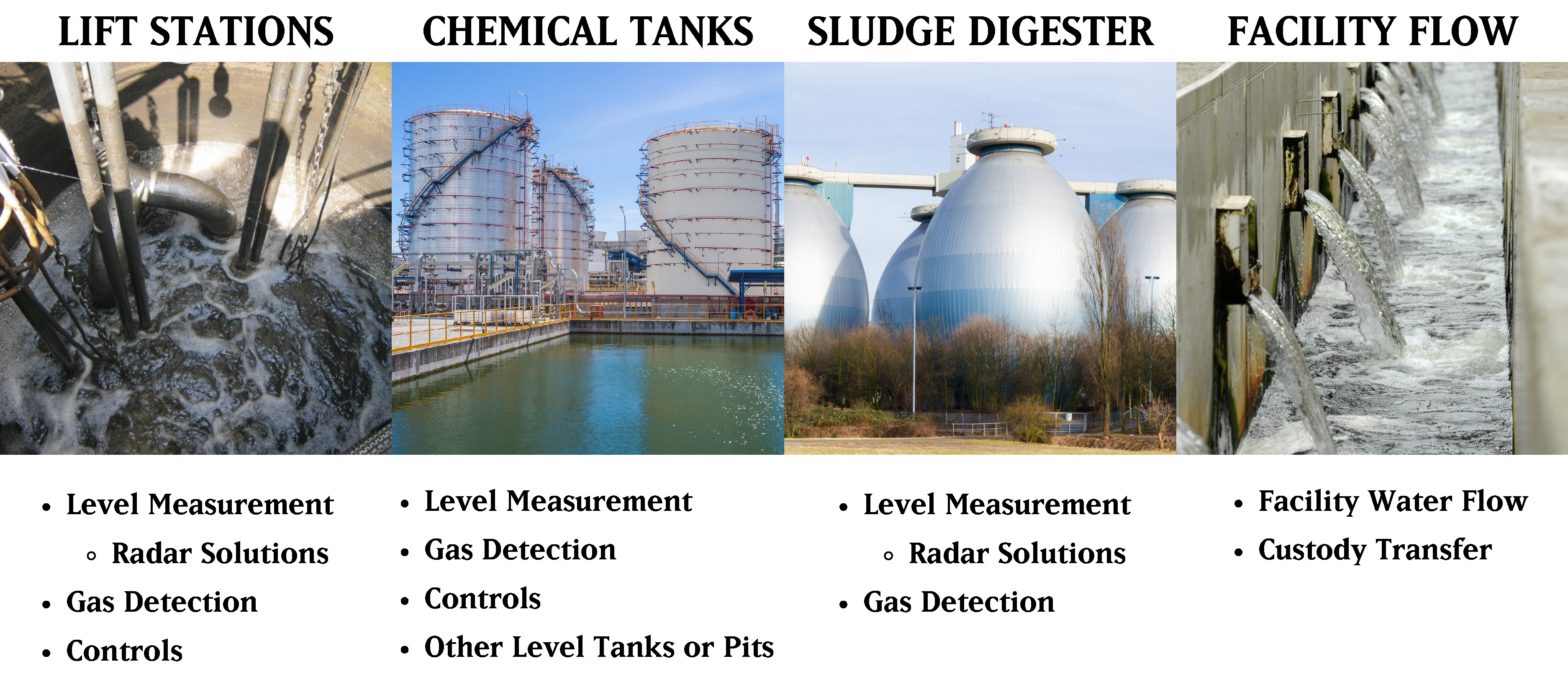Plant managers are continuous on the lookout for ways to improve the productivity and efficiency of plant processes. There is a growing need for solutions that simplify the collection of data from equipment. Yokogawa realized this demand in the process industry. Hence in 2019, the Sushi Sensor – a compact, wireless sensor for measuring vibration and temperature – was launched. This smart sensor is also optimized for Industrial IoT applications (IIoT). But what makes the Sushi Sensor special? For which assets are they applicable to and how does it realize preventive maintenance? In this blog, we’re going to answer 7 frequently asked questions about the Sushi Sensor.
Topics: Yokogawa, Wireless Sensor, vibration, Condition Monitoring, Temperature Solutions, Pressure Solutions, Sushi Sensor
DPharp digital sensor uses two single crystal silicon resonators vibrating at their natural frequencies. When pressure is applied, one of the resonators goes into tension, while the other goes into compression mode. The CPU directly counts the sensor output frequencies without any additional A/D conversion. Due to the excellent elastic properties of silicon material, the DPharp sensor exhibits greater linearity and repeatability, with no inherent hysteresis. Resonant sensor also provides a large output signal resulting in greater sensitivity and higher turndown.
Topics: Yokogawa, Differential Pressure, Pressure Solutions
Optimize Your Process: Innovative Solutions In One Click
Our instrumentation & analytical solutions are critical to the day-to-day operation and overall success of your process. Understanding that downtime is simply not an option, we have a new system in place to ensure your process is prepared for the unexpected. Introducing TechStar One Click, our new eCommerce purchasing option.
Topics: Level Solutions, Signal Conditioning and Isolation Solutions, Wireless and Telemetry Solutions, Pressure Solutions, Upstream Solutions, Flow Solutions, TechStar One Click
Elevating Success: Measurements in Wastewater Lift Stations
Written By TechStar Solutions Specialist, Josh Longcor
Lift stations are collection facilities designed to move wastewater from lower to higher elevation through pipe systems, particularly where elevation changes are not able to provide gravity flow or where excavation and sewer construction costs are high. These collection stations are automated because there is no regular onsite personnel present to ensure their operation. They use electrical, mechanical and control equipment to ensure reliable operation and require intermittent inspection to ensure they function properly and are not nearing a potential failure.
Topics: Pressure Solutions, Wastewater


.png)

